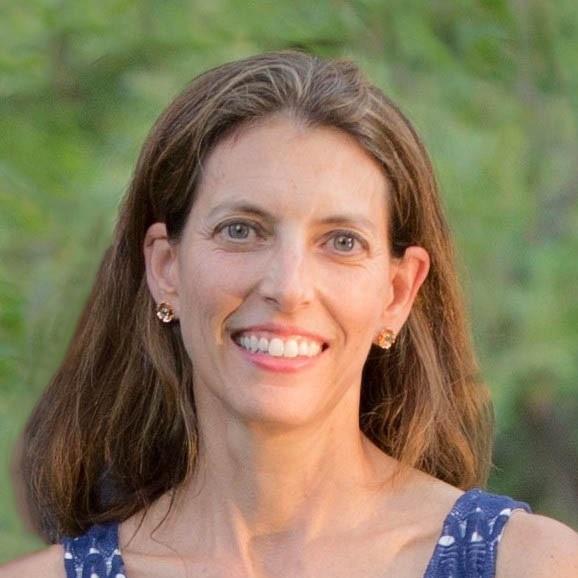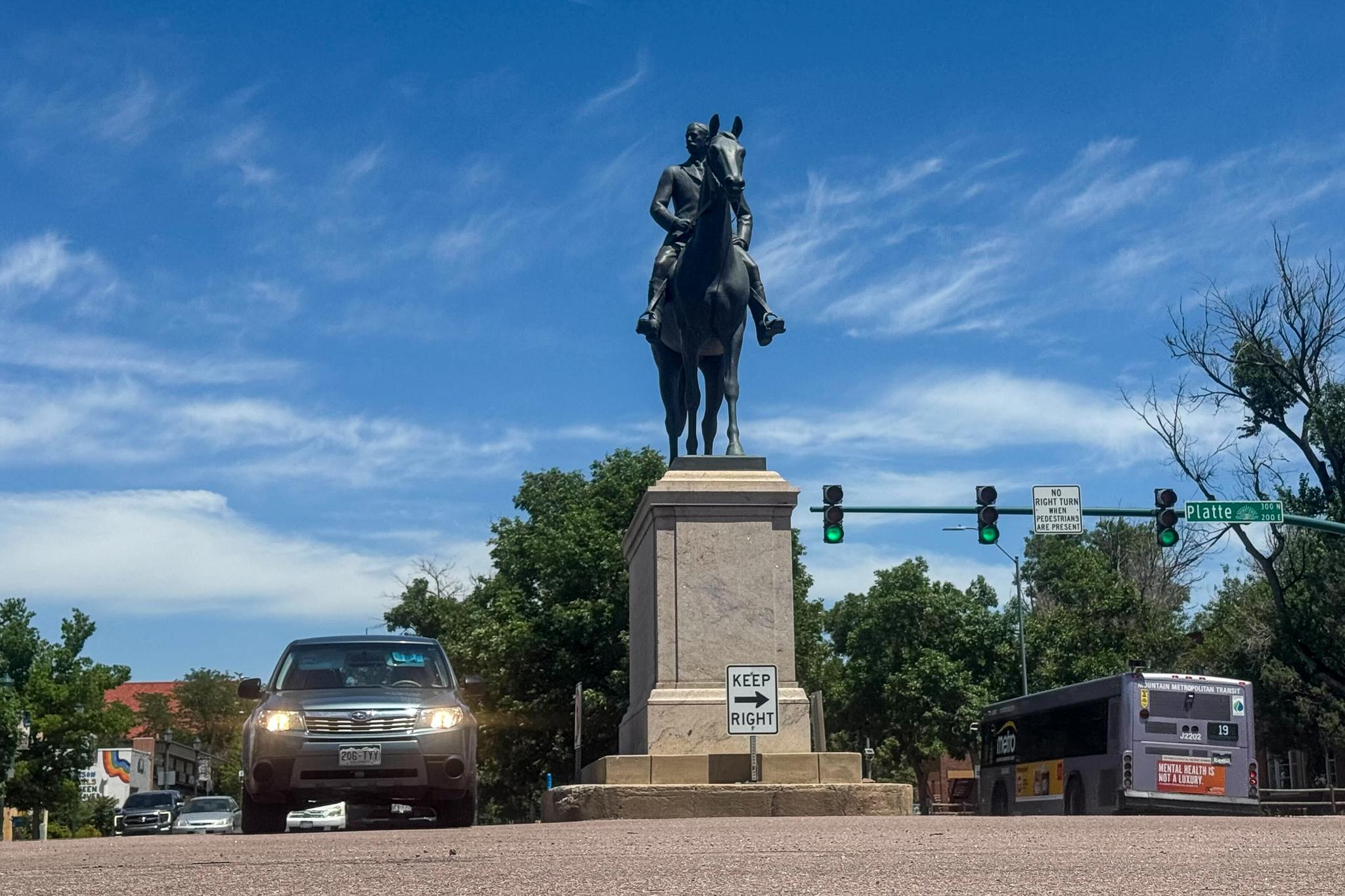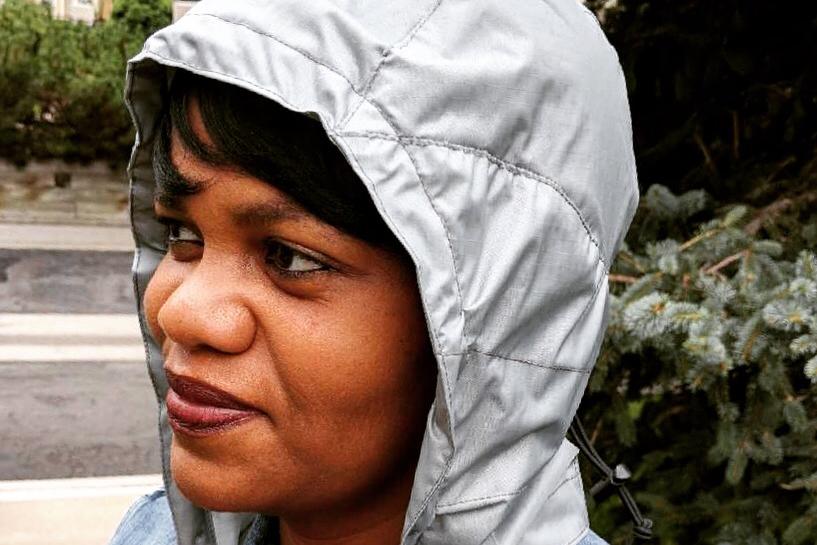
Sirena Rolfe was tired of having to choose between lugging a heavy coat or umbrella around and her hair getting ruined when the weather in New York City turned wet and windy.
So she created a third option. Literally.
“I sat down and literally sketched out what I wanted this hood to look like, and that's kind of how I came to it,” Rolfe said.
Rolfe’s invention, the Tempus Hood, made her among the 10 million U.S. patent holders this spring. The hood attaches to a shirt or jacket the user is already wearing, ready for the moment when the weather turns bad. Rolfe, who now lives in Colorado, got a tattoo of her patent number on her left shoulder to celebrate.
Denver became a new home to the country’s patent process five years ago, when the Rocky Mountain Regional United States Patent and Trademark Office opened. Proponents hoped it would spark innovation like Rolfe’s in the region.
While the number of patents received in Colorado were lower in 2018 than they were in 2014, regional director Molly Kocialski isn’t deterred.
“I think if the measure of innovation is only the number of patents that we're talking about, I think it is misguided,” Kocialski said. “I think we need to look at the entire innovation ecosphere, and we need to look at whether or not we're stimulating areas that previously hadn't been in the patenting process.”
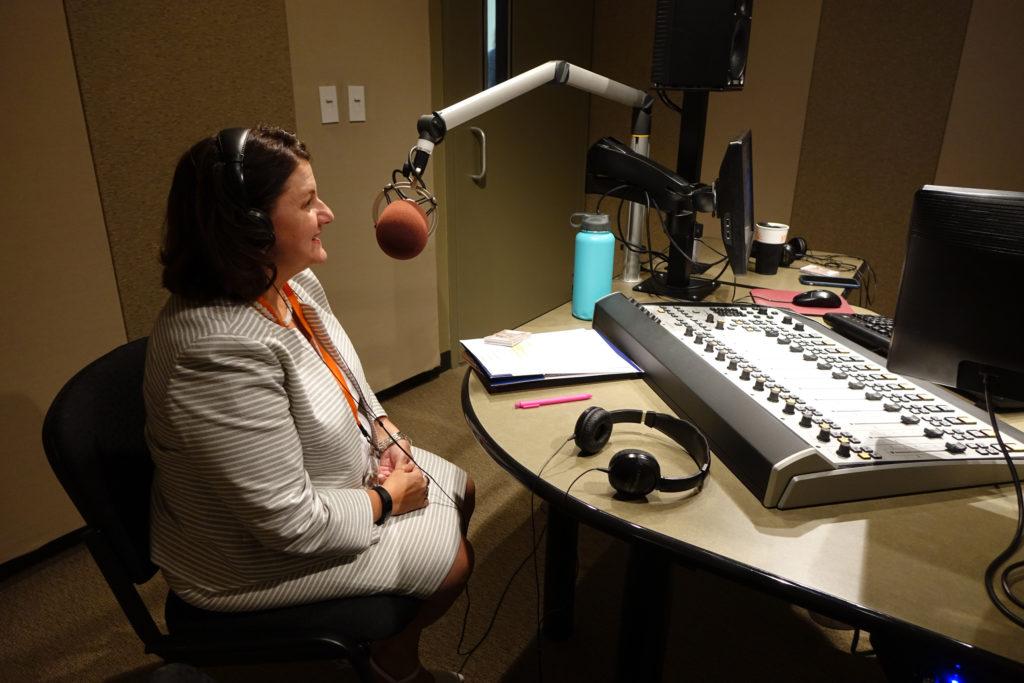
The pure number of applications received also isn’t necessarily an indictment of local ingenuity, since patent applications from across the country are assigned to an office randomly.
When it comes to supporting inventors nearby, the Rocky Mountain Regional United States Patent and Trademark Office focuses on helping out before an application is submitted. That means hosting education and outreach seminars on the process of patenting an invention and supplying resources, including a public search room to see if your big idea is actually an old idea. And you don’t have to travel to Denver to access the office’s assistance.
“When I started as the director, we had one Patent and Trademark Resource Center in the entire state of Colorado, and that was right here at the Denver Public Library,” Kocialski said. “Since then, we've added one in Durango to serve our southwestern and four corners stakeholders. And then we added one in Grand Junction to serve those in the Western Slope, and perhaps a few Utahans as well.”
Rolfe can attest to how difficult navigating the patent process can be alone. She completed the first step, applying for a provisional patent that acts as a one-year placeholder, solo and with no legal or scientific experience.
“It was so intimidating. I started doing my research to try to understand, do I have something that should have a patent? Right? Like, is this even a direction I should go?” Rolfe said.
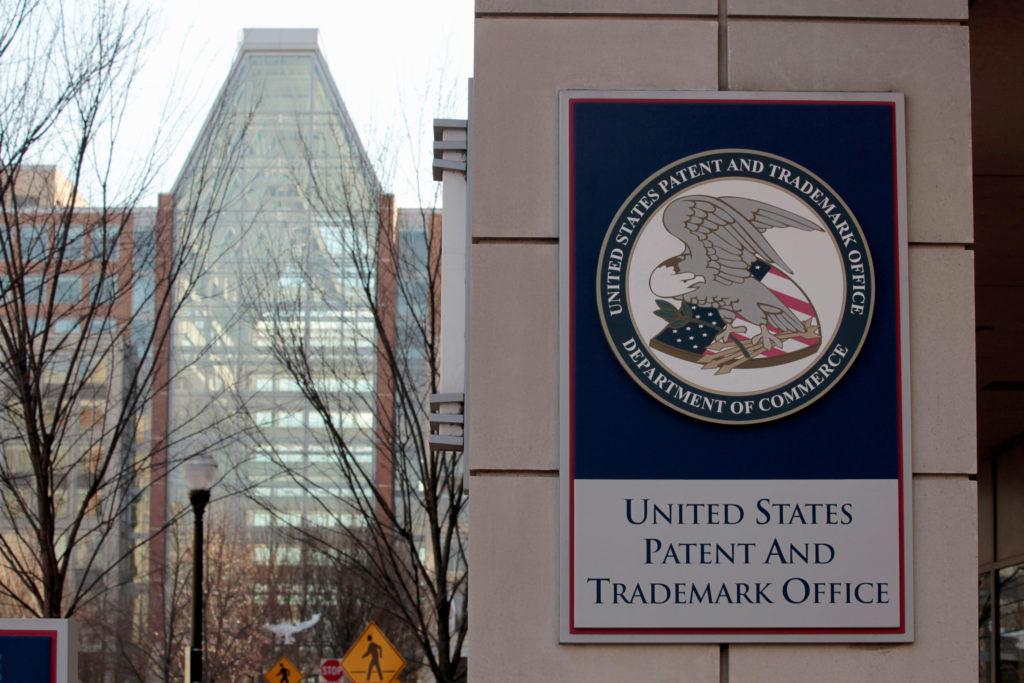
Bernard Chao, a law professor at the University of Denver, said Rolfe striking out alone was unusual. While it worked out for her, Chao said he wouldn’t recommend it in general.
“To be honest, Sirena's the first person I've met who has actually done that. I know others have done that, but that would typically not be the recommended process,” he said. “There are some sort of traps that you could fall for if you did that. In particular, for a provisional application, you have to be very careful to make sure you provide a fairly detailed written description of the invention. Because if you don't, you can't later file that real application that claims everything that you may want to claim.”
After securing her provisional patent, Rolfe hired a patent attorney who proved to be an essential guide and legalese translator through the process.
“He was able to do all of the drawings, all the figures, all the details and intricacies that are within my hood that I couldn't draw if you paid me to,” Rolfe said. “But, he also provided all the legalities around it too, the right way that you communicate what you're trying to get across to the USPTO office is very different than the conversation that you and I are having right now.”
Communicating clearly what your invention is and what it does is vital to securing a patent. With millions of patents out there, it’s important to prove that you have a unique product. Individual inventors are underdogs up against big companies, who receive nine out of 10 of patents.
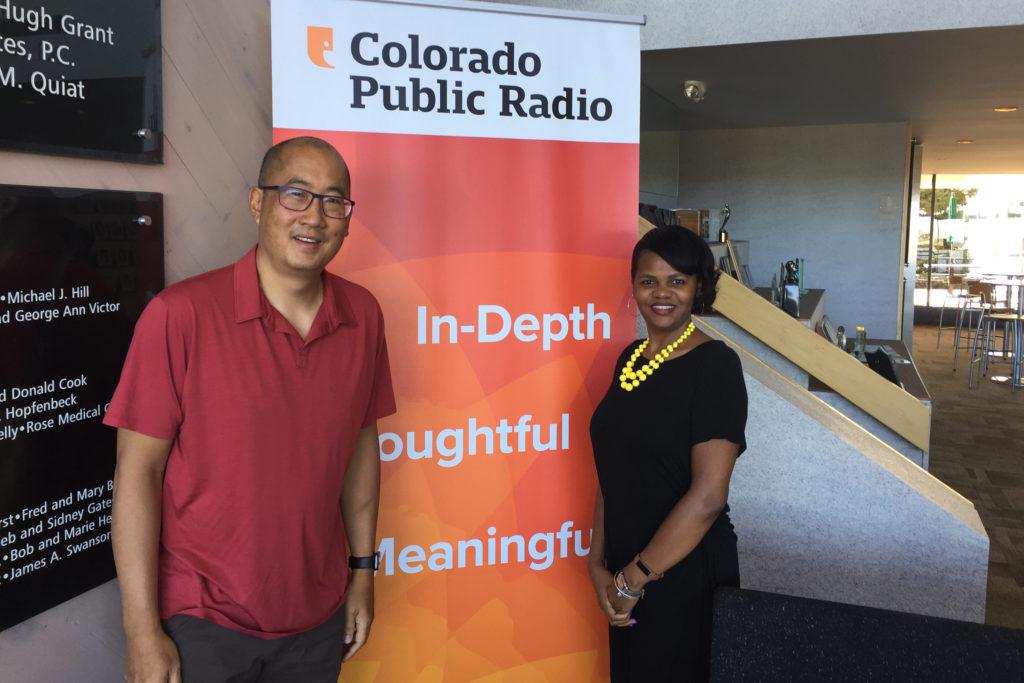
“Big companies have two main advantages. One, of course, is they have staffs of engineers and scientists to actually work on sort of new inventions full time. They're developing technology that individuals just don't have the resources to do,” Chao said. “Second, of course, they can hire attorneys, and attorneys aren't inexpensive. They're expensive.”
Besides starting her application solo and as an individual, Rolfe had another boundary to clear: how few African Americans receive patents. One study estimated that only three percent of patent recipients are African American.
“My first guess would be the education around what the process looks like isn't readily available to people of color. Right? That's not to say it's not out there, but they don't know how to investigate or look for it. I think that that's intimidating,” Rolfe said.
Kocialski said diversity is a focus at her office, especially given the current trade climate.
“In today's global trade climate, when we're competing with the rest of the world, and truly we're competing with a country that has over a billion people in it, we need every single brain on deck. We need all of that innovation. We need all of that creativity to propel America forward,” Kocialski said. “The regional offices are in a prime position to help spur that innovation. One of the things that I took to heart that Sirena said was, ‘The patent process is really intimidating.’ It's been around since 1790. It's been around since the birth of our country. It's not intuitive, but we're there to make it easier.”
